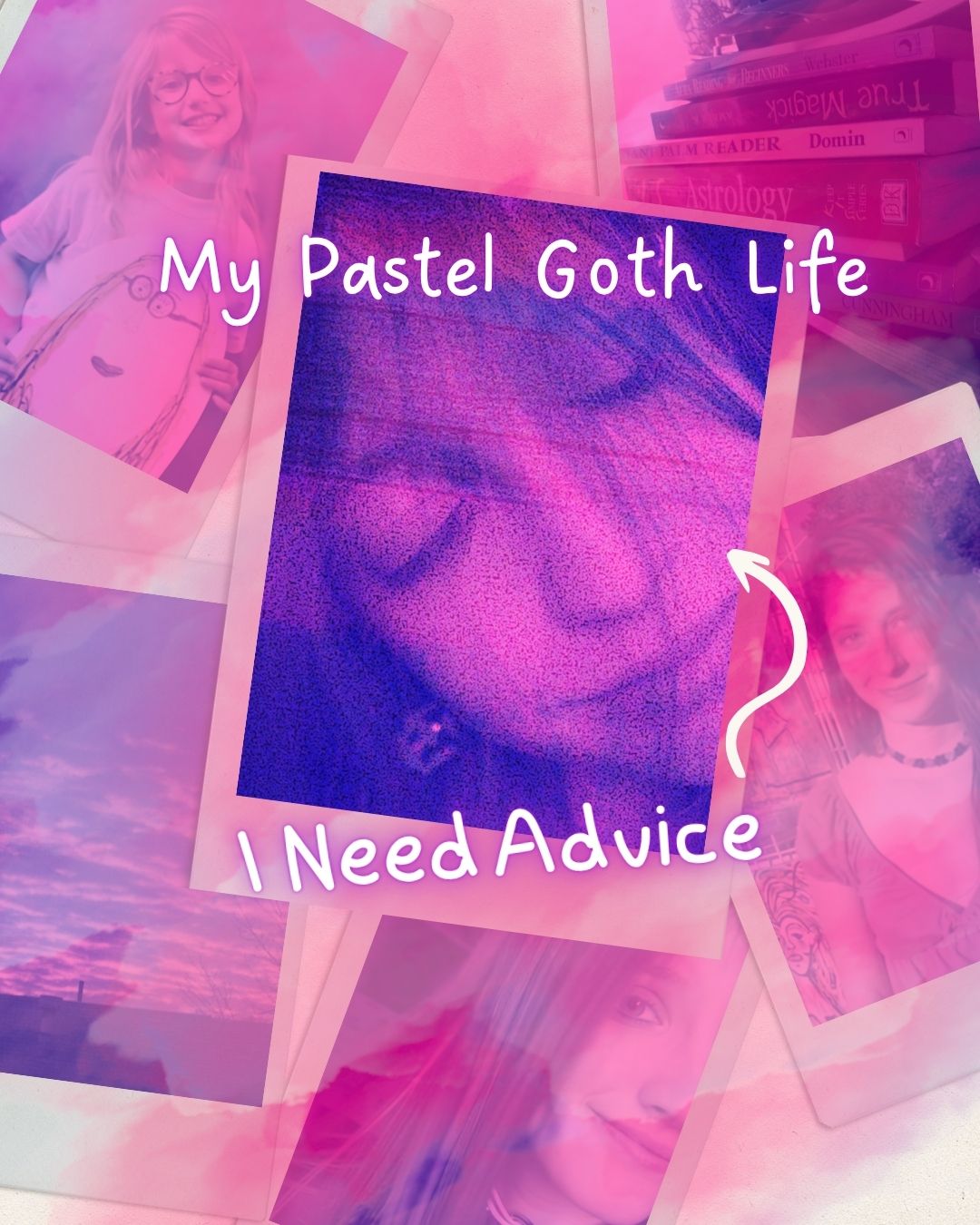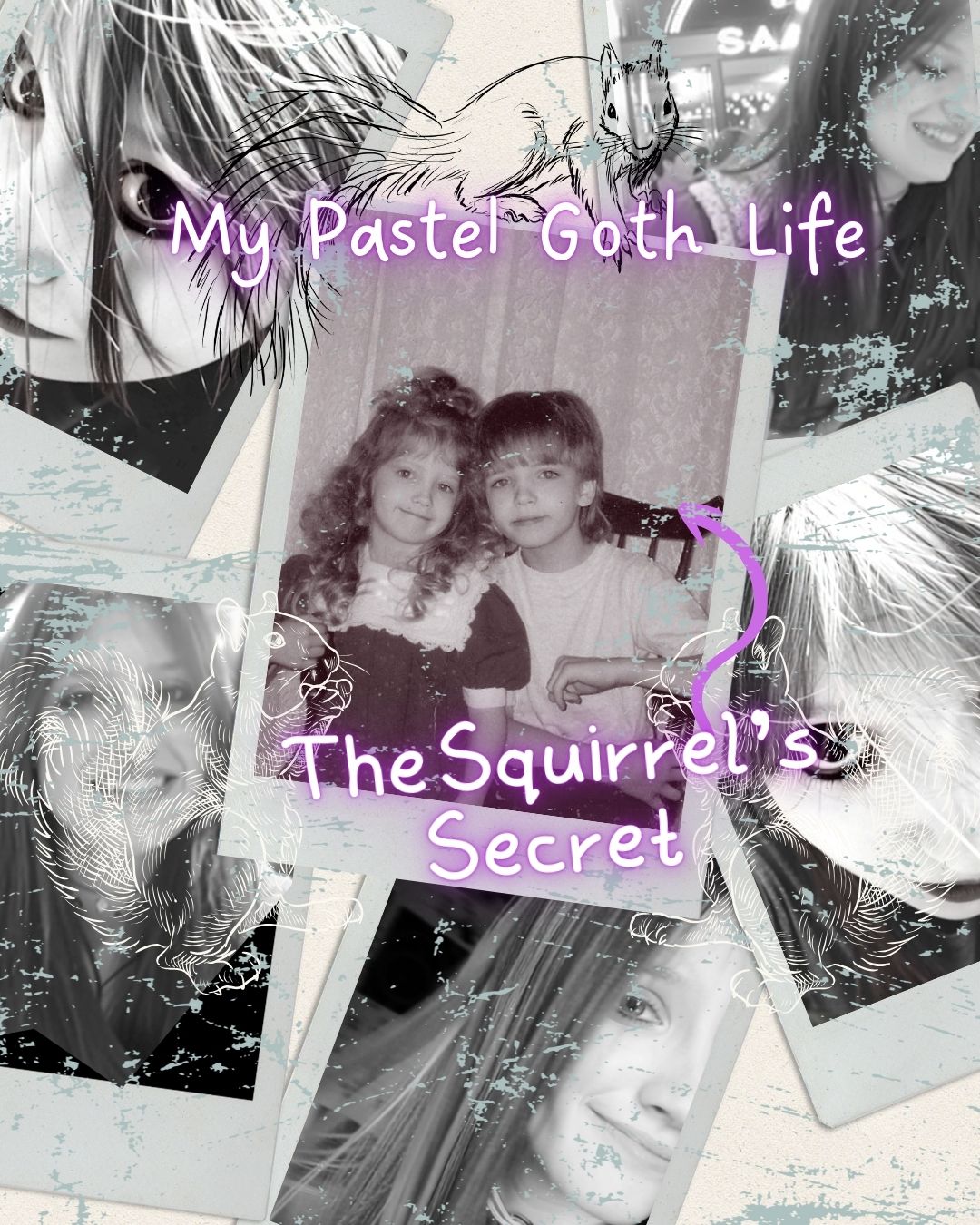Did You Hear That, Did You See That? My Pastel Goth Life Did You Hear That, Did You See That? Dear Dreambook, something followed us into the bathroom […]
DreamBook: What Am I Capable Of?
💔 °❀⋆.ೃ࿔*:・ 💕 Dear DreamBook- My Pastel Goth Life – Entry #30 I think I have powers no one understands… and sometimes I don’t even understand them either. […]
Rest Assured, I Was Never Truly Alone
The One Thing That Never Left Me I didn’t choose art because it was easy. I didn’t come to it because someone told me I had talent, or […]
Dear Dreambook: I Need Advice
Journal Entry ☆ ★ ✦ June 1 2005 current mood: Confused | listening to: Placebo ~ What Are Friends Anyway? ~ Dear Diary, So I talked to James […]
Dear Dreambook: I Think The Universe Talks To Me
Dear Dreambook, Sometimes when I’m sitting in my room, I feel like the walls are alive. The painted handprints scattered across them look like constellations left by people […]
Dear DreamBook Entry :) The Squirrel’s Secret
💔 °❀⋆.ೃ࿔*:・ 💕 Dear Dreambook: My Brother, Orion Dear Dreambook My Brother, Orion This afternoon Orion stood under the big oak tree, gazing up at a squirrel. At […]


